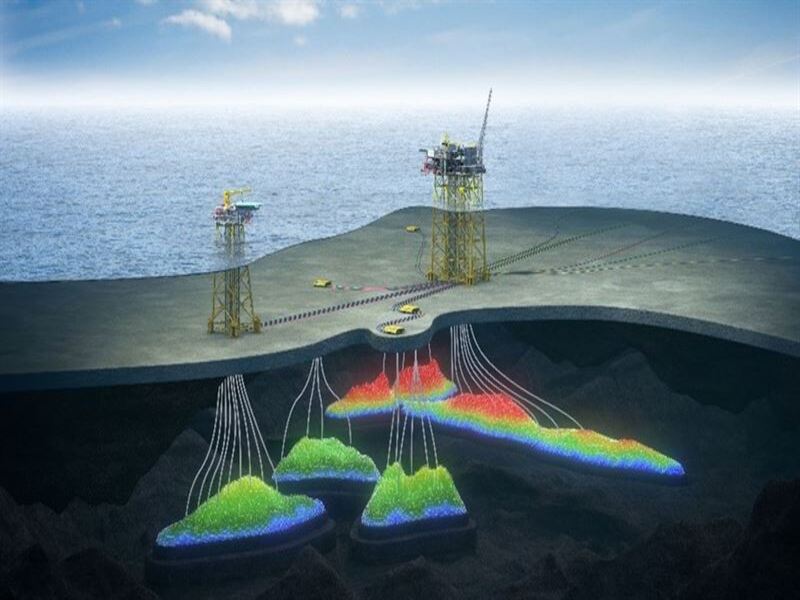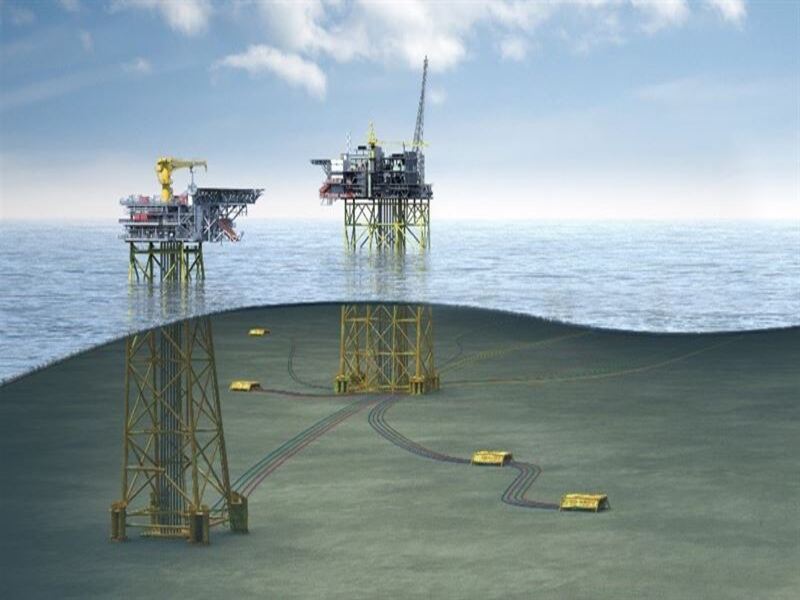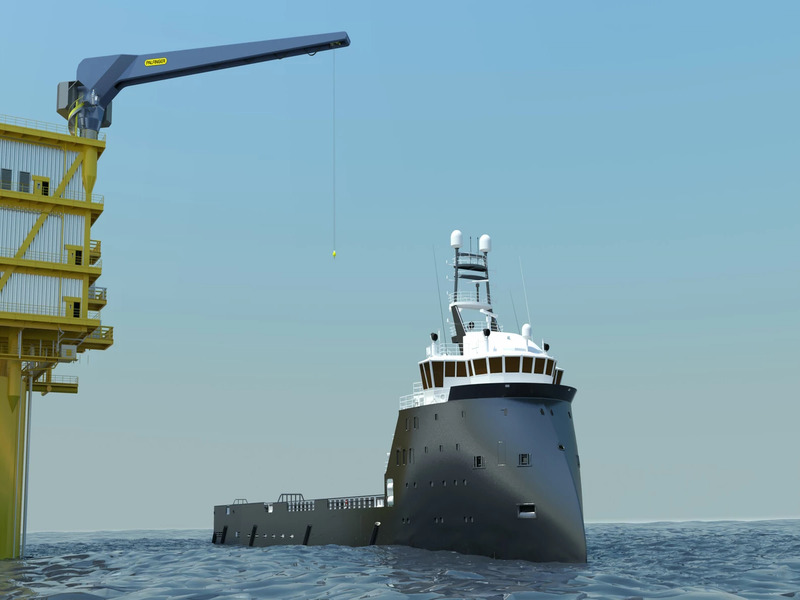Fulla is an offshore oil and condensate development located in the Yggdrasil area (previously NOAKA) in the central North Sea.
The field is owned by Aker BP (47.7%, operator), Equinor (40%), and LOTOS (12.3%).
The partners decided to develop the Yggdrasil area in 2022 and the Plans for Development and Operation (PDO) were approved by Norway’s Parliament Storting in June 2023.
The plan will involve the development of Fulla and the redevelopment of the Lille-Frigg field.
Project Gallery
Overall, the NOAKA area is estimated to contain 103 million standard cubic metres of oil equivalent. Fulla has recoverable reserves of 12.6 million standard cubic metres of oil equivalent, according to the Norwegian Petroleum Directorate (NPD) data.
Production at Fulla is expected to commence in 2027.
Fulla Field Location
The Fulla field is located offshore Norway in the Central North Sea. It is located 10km northeast of the Frigg Field.
Water depth in the region is around 110m.
The NOAKA area, which is between Oseberg and Alvheim in the North Sea, comprises the Krafla, Fulla and North of Alvheim (NOA) discoveries.
Discovery and Reservoir Details
In February 2009, the Fulla gas and condensate discovery was made by wildcat well 30/11-7 in North Sea licence 035b.
The 30/11-7 well was drilled on the eastern flank of the Central Viking Graben and northeast of the Frigg Field to prove gas and condensate in the Fulla structure and determine Brent Group reservoir quality among other objectives.
The well was drilled by the semi-submersible installation West Alpha in November 2008. It was drilled to a depth of 4,067m in the Early Jurassic Drake Formation. During the drilling, the well penetrated rocks of Quaternary, Tertiary, Cretaceous and Jurassic age.
At 3,722m, the well encountered a 12m thick Draupne Formation. Top Brent Group, Ness Formation was encountered at 3,953m with a lean gas condensate proven in the sandstones of the Ness Formation.
The well was categorised as a gas/condensate discovery after its suspension in February 2009.
A sidetrack 30/11-7 A well proved the main gas-condensate accumulation in the Tarbert Formation.
Lille-Frigg was discovered in 1975 and its PDO was approved in 1991. The field commenced production in 1994 but operations were terminated in 1999 due to water breakthrough.
The reservoirs of the Fulla and Lille-Frigg fields contain gas and condensate in the Middle Jurassic sandstone of the Brent Group.
The reservoirs are located at depths of 3,600-4,000m and are structurally complex with various properties.
Located at a depth of 1,900m, the Øst Frigg reservoir hosts gas in sandstone of the Eocene Age in the Frigg Formation.
Fulla Field Development Details
The Fulla Field development forms part of the Yggdrasil project.
The development concept includes a subsea template with six slots tied-back to the Hugin A facility, located in the southern part of the Yggdrasil area.
The potential redevelopment of the Øst Frigg field will also include a new subsea template with six slots.
The plan will also enable drilling several prospects in the region and commence production whenever well slots become available.
Fulla will produce hydrocarbons via pressure depletion and the produced output will be transported to the Hugin Field for further processing and transport.
The offshore project will be powered from the shore, minimising greenhouse gas emissions.
Fulla Field Development Contractors
In September 2021, energy technology company Aker Solutions won a Front-End Engineering and Design (FEED) contract from Aker BP for the NOA Fulla development. The contract award is valued between NOK2bn ($180m) and NOK3bn ($280m).
The planned scope of the Subsea Production System (SPS) FEED contract includes 14 standardised vertical subsea trees, four six-slot manifolds, Vectus 6.0 based control system modules, four six-slot manifolds, wellheads, numerous tie-ins and connection systems, and around 60km umbilicals.
It will be executed by the subsea alliance of Aker BP, Aker Solutions, and Subsea 7.
The SPS contract was preceded by successful completion of the Front-End concept and study phase.
Leirvik signed a memorandum of understanding (MoU) with Aker Solutions for the FEED contract for living quarters and a helicopter deck for the project. The scope includes FEED for a NOA processing, drilling and quarters platform (PdQ) that will include a 7-storey living quarters module of aluminium to accommodate up to 60 people and a helicopter deck.
Software company Cognite provided Cognite Data Fusion, an industrial Dataops platform, for the project and DNV carried out a full assessment of the platform.
In April 2022, Palfinger signed an agreement to deliver remote controlled cranes to Aker BP installations. A total of six electric cranes will be delivered for four platforms.



